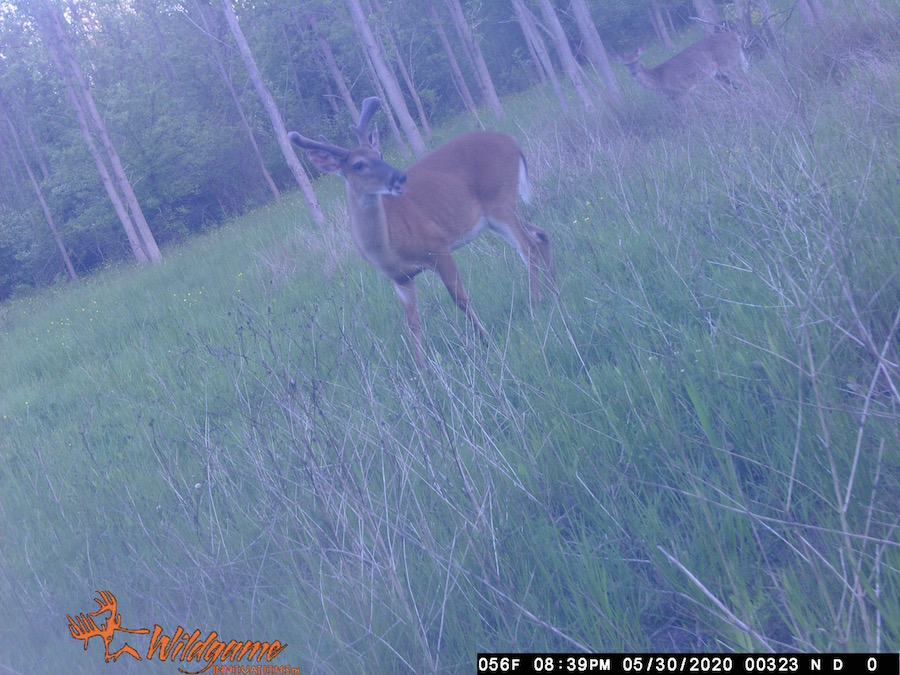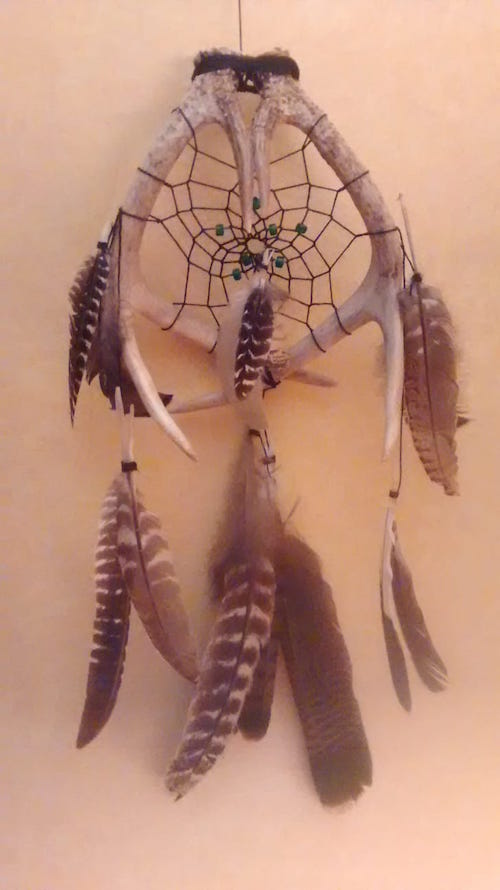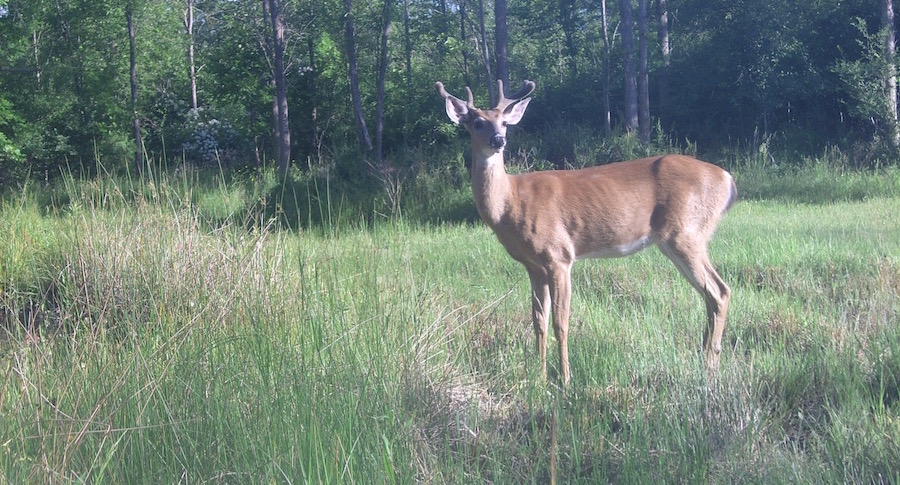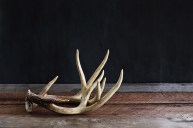How much is there to learn about deer antlers?
What is it about the antlers on a deer that makes them so interesting?
When we get down to the nitty gritty, we see the testosterone levels, the nutrient sufficiency and photoperiods all tie together and make a marvelous natural display.
However, it's perhaps the general size and shape, and the respective scoring system, that keeps us so intrigued.
Humans have not only been marveling at the antlers of these ungulates for a millennium, but have been using them as tools, decorations and even for medicine since the origins of deer hunting.
It seems as though it has never been enough to just obtain our meat by harvesting deer, but once we got a good look at an antlered whitetail, we were hooked for life.
What makes those tines grow so fast? How and why do they fall off? How do we track down those shed antlers? Let's review.
Growth Cycle

Craig Raleigh
From the early spring until the late summer, deer antlers grow fast for about two to four months, depending on the region. High levels of testosterone will then slow the growth, and the veins and arteries around the velvet will cut off blood flow and nutrients to the antlers, causing the velvet encasing the antlers to wither and fall off. This also happens when deer rub their antlers on trees and other shrubs.
This is all brought on by the time the summer ends and the rut begins. In some cases, whitetail bucks can be seen with only one antler well before the sparring of the autumn comes into full force, leaving us scratching our heads.
There are many guesses, but circumstances dictate just that: guesses. Perhaps it hit something hard while the antlers were still soft and growing, or perhaps there was an early fighting match under the same conditions. Many deer are even observed with odd antler growth, which only raises more questions than answers.
Shedding
As we all know, deer antlers are made up of a honeycomb-like bone tissue. The point at which the antlers attach to the head is called the pedicle. This is also where they eventually break off. A drop in testosterone levels causes weakness at the pedicle, which becomes so fatigued, the antler growth stops and the antlers cannot remain attached to the skull.
By the end of the rut, bucks experience a major drop in testosterone levels, which causes the antlers to drop.
The dropped hormone level activates specialized cells called osteoclasts, which eat away at the pedicle, resulting in deer antlers becoming so weak that they simply fall off. This is why deer shed their antlers.
So where do they do this every year? Answer: if we only knew!
Shed Hunting
Some deer shed their antlers earlier in the season or in late winter, depending on varying factors. Wounded or injured deer usually cast their antlers earlier than normal because injuries activate the osteoclasts cells. Deer with poor health experience the same thing.
It seems the high-stress situation can cause a buck to almost instantly lose its antlers, which is what you see when an antler sheds as soon as it's shot.
On the other hand, healthy deer that live in a reasonably mild climate and have a quality habitat around them will keep their antlers late into the spring. Some deer in northern, harsher climates will shed their antlers earlier.
This is where shed hunting starts to get fun.
However, you should know right off the bat that states have specific laws that govern the collecting of the shed antlers. The list of states includes Colorado, Idaho, Kentucky, Louisiana, South Dakota, Utah, Virginia, West Virginia and Wyoming.
Shed hunting can be a frustrating thing, but you're not alone. One of the most common issues for finding shed antlers is lighting. While warm sunny days are nice during the winter, cloudy days are actually much more productive.
Having a plan of attack can be very helpful, too. Imagine the bigger picture of the area you want to search, and just imagine walking it in a grid, back and forth. The key here is to slow down: take still hunting deer, grouse hunting, or rabbit hunting as examples. Condition your eyes to see exactly what you're looking for.
Since antlers have all the same characteristics as a broken branch, you'll quickly learn to differentiate between bone and wood.
Where to Look
Certainly you will want to start in your own hunting area, as that mature buck you chased all fall and into the winter is still out there (or he's at the taxidermist). Where else might your search for the lost antlers of deer?
I like to go off trail in several local parks that are out of the hunting community's reach, as those deer populations are through the roof. I like to find bedding areas near field edges where the crops stood all summer and into the fall, since the deer can still find some food there.
Antler Uses

Tina Bernard
Certainly, if your antlers are mount-worthy, you'll be putting that hard-earned boy on the wall, but even a found shed can be worthy of use, sometimes even as a mount.
After calling a sheriff deputy and reporting it, a bus driver stopped briefly to tell me that the deer was sitting there on his first run, and we both knew immediately that it had been struck by a vehicle and could no longer move. The deputy arrived, dispatched the deer, and I was granted permission to remove the young, six-point buck.
The dream catcher shown in the photo above used an antler from the little six-pointer.

Tina Bernard
We've now seen people use them for chandeliers, christmas tress, bookends, towel hangers, tool hangers or simply just chewing bones for their dogs
We surely weren't the first to get creative, either, as native Americans were making them into knife handles, tools, and ornaments for generations.
While deer hunters can only think about deer hunting in the summer months, the deer's antlers are actively growing. They may only start as simple nubs in the spring, but they'll soon become the larger antlers that we are all looking for.
Looking for a little more or even hot lunch for your hunting blind? Follow my webpage, or on Facebook and Twitter.
NEXT: HOW TO GO DEER HUNTING (ACCORDING TO THOSE WHO THINK THEY KNOW)
WATCH





